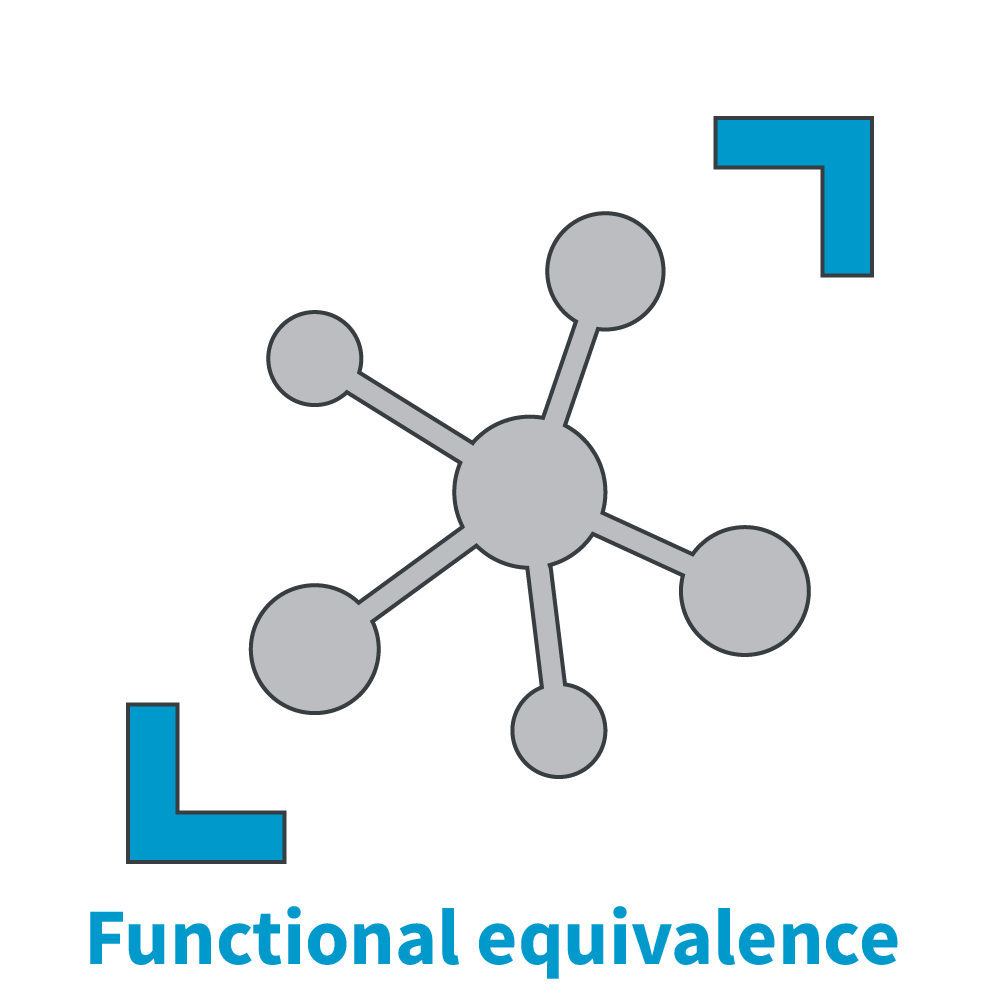OPC UA – What is it and why do you need it?
The dream of a common human language is more than 100 years old. Until now, however, all efforts to get everybody to speak the same language have failed. The closest we have come is the use of English as a widely used international business language. However, in spite of its use throughout the globe, only about 20% of the world’s population speaks English as a primary or second language today.
The benefits of a shared means of communication are obvious. When everybody uses the same language, there is a much smaller risk of misunderstanding each other.
This is also true in the world of technology. When machines can communicate and understand each other, processes run more smoothly. In this area, such a universal language exists, and the utopia of a world with seamless communication is becoming a reality … thanks to something called OPC UA.
What Is OPC UA?
OPC UA – The universal language for machines
OPC UA is a machine-to-machine communication protocol that was developed for industrial automation. If that sounds too technical, let’s first break down the acronym. OPC UA stands for “open platform communications unified architecture.” Essentially, that means that OPC UA is supposed to serve as a constantly evolving universal language for machines in a production environment.
It has done so with amazing success. Introduced just over a decade ago, OPC UA, which was developed as the successor of the traditional OPC standard, is already the “
OPC UA is a machine-to-machine communication protocol that was developed for industrial automation. If that sounds too technical, let’s first break down the acronym. OPC UA stands for “open platform communications unified architecture.” Essentially, that means that OPC UA is supposed to serve as a constantly evolving universal language for machines in a production environment.
It has done so with amazing success. Introduced just over a decade ago, OPC UA, which was developed as the successor of the traditional OPC standard, is already the “
OPC UA is a machine-to-machine communication protocol that was developed for industrial automation. If that sounds too technical, let’s first break down the acronym. OPC UA stands for “open platform communications unified architecture.” Essentially, that means that OPC UA is supposed to serve as a constantly evolving universal language for machines in a production environment.
It has done so with amazing success. Introduced just over a decade ago, OPC UA, which was developed as the successor of the traditional OPC standard, is already the “
OPC UA is a machine-to-machine communication protocol that was developed for industrial automation. If that sounds too technical, let’s first break down the acronym. OPC UA stands for “open platform communications unified architecture.” Essentially, that means that OPC UA is supposed to serve as a constantly evolving universal language for machines in a production environment.
It has done so with amazing success. Introduced just over a decade ago, OPC UA, which was developed as the successor of the traditional OPC standard, is already the “most widely adopted interoperability standard for secure, reliable and platform-independent information exchange in the world.”
Its popularity is hardly surprising. OPC UA is extremely versatile and offers a range of benefits that go far beyond simply standardizing machine-to-machine communications. Here are a few of them:




Security – OPC UA is a firewall-friendly platform that offers various encryption levels, authentication, auditing and user control.
Platform independence – OPC UA is not tied to any specific operating system or programming language. That means it can be used on different hardware platforms (PC hardware, cloud-based servers, etc.) and operating systems (Windows, Apple OSX, Android, and more).
Extensibility – While OPC UA is already highly useful now, it is a very future-oriented system that is set up to incorporate the technologies of tomorrow. In other words, it is designed to accommodate technologies that haven’t even been invented yet while continuing to be backwards compatible for existing products even as it evolves.
Functional equivalence – OPC UA is an extension of the original OPC technology, which can still be easily integrated into the new and improved system.
Why you need OPC UA
While most technologies are designed for a single application, OPC UA is much more flexible. It offers connectivity benefits throughout an entire production process, i.e. it allows different technologies to “talk” to each other without the risk of miscommunication. This ensures a smoother production environment, especially with regard to automation.
An increasing number of vendors is already offering OPC UA-capable technologies and more products are added all the time. For example, Atlas Copco recently launched its first compressor range with OPC UA capability. Find out more
While most technologies are designed for a single application, OPC UA is much more flexible. It offers connectivity benefits throughout an entire production process, i.e. it allows different technologies to “talk” to each other without the risk of miscommunication. This ensures a smoother production environment, especially with regard to automation.
An increasing number of vendors is already offering OPC UA-capable technologies and more products are added all the time. For example, Atlas Copco recently launched its first compressor range with OPC UA capability. Find out more
While most technologies are designed for a single application, OPC UA is much more flexible. It offers connectivity benefits throughout an entire production process, i.e. it allows different technologies to “talk” to each other without the risk of miscommunication. This ensures a smoother production environment, especially with regard to automation.
An increasing number of vendors is already offering OPC UA-capable technologies and more products are added all the time. For example, Atlas Copco recently launched its first compressor range with OPC UA capability. Find out more
While most technologies are designed for a single application, OPC UA is much more flexible. It offers connectivity benefits throughout an entire production process, i.e. it allows different technologies to “talk” to each other without the risk of miscommunication. This ensures a smoother production environment, especially with regard to automation.
An increasing number of vendors is already offering OPC UA-capable technologies and more products are added all the time. For example, Atlas Copco recently launched its first compressor range with OPC UA capability. Find out more here.

